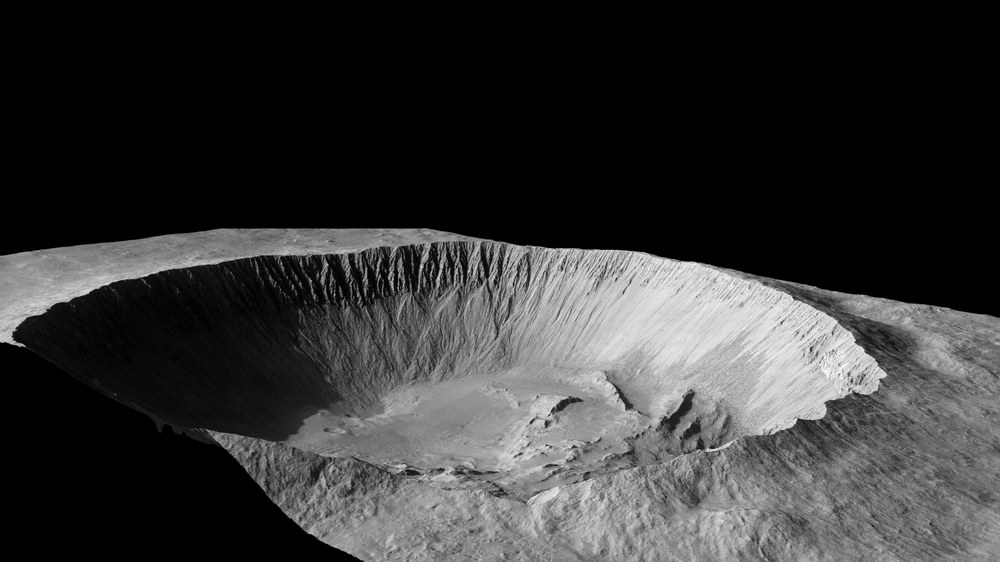Liquid water found on Mars with increasing regularity
Today, Mars appears bone-dry and dusty – but new analyses of Istok crater provide evidence of periodic flows of debris from its walls into its interior. "What is surprising is that it must have happened reasonably often," explains Ernst Hauber, a planetary researcher at the German Aerospace Center (Deutsches Zentrum für Luft- und Raumfahrt; DLR). He is the co-author of a study conducted by Tjalling de Haas from the University of Utrecht, which was published on 23 June 2015 in the journal Nature Communications. The researchers have been investigating how many mudslides were needed and at what intervals to explain the deposits observed in the crater. The most recent flows of liquid water occurred in the past hundreds of thousands years, according to these estimates. "To us planetary researchers, that is virtually yesterday," stresses Hauber. The mudslides in Istok crater have been occurring since its formation with a frequency that is also found in extremely dry regions on Earth.
Snow layers on Mars
For their investigations, the planetary researchers chose a relatively young, million year old crater in the central southern latitudes of Mars and analysed the traces of sand and boulder slides found on its inner walls. "At least one and a half to five centimetres of meltwater are needed for slides of this size," says de Haas. "This means that the layers of snow in the crater must have been several decimetres thick. A thaw then led to the formation of liquid water and mudslides."
This could only have happened if the rotational axis of the Red Planet was inclined towards the Sun by more than 30 degrees and ice in the polar regions shifted towards the equator. More than half of Mars would have then been covered in snow, which occasionally melted on the crater walls facing the equator and hence the Sun. "This is a situation that only occurs every 120,000 years or so," explains Hauber. For example, while Earth’s axis is at a constant inclination of approximately 23 degrees to the Sun, which leads to the seasons, the inclination of Mars has varied between 15 and 35 degrees in the last ten million years, causing large climate fluctuations. "Currently, nothing is melting on Mars, however," says Hauber. "And this might last for another few hundred thousand years, until there is liquid water there again."

